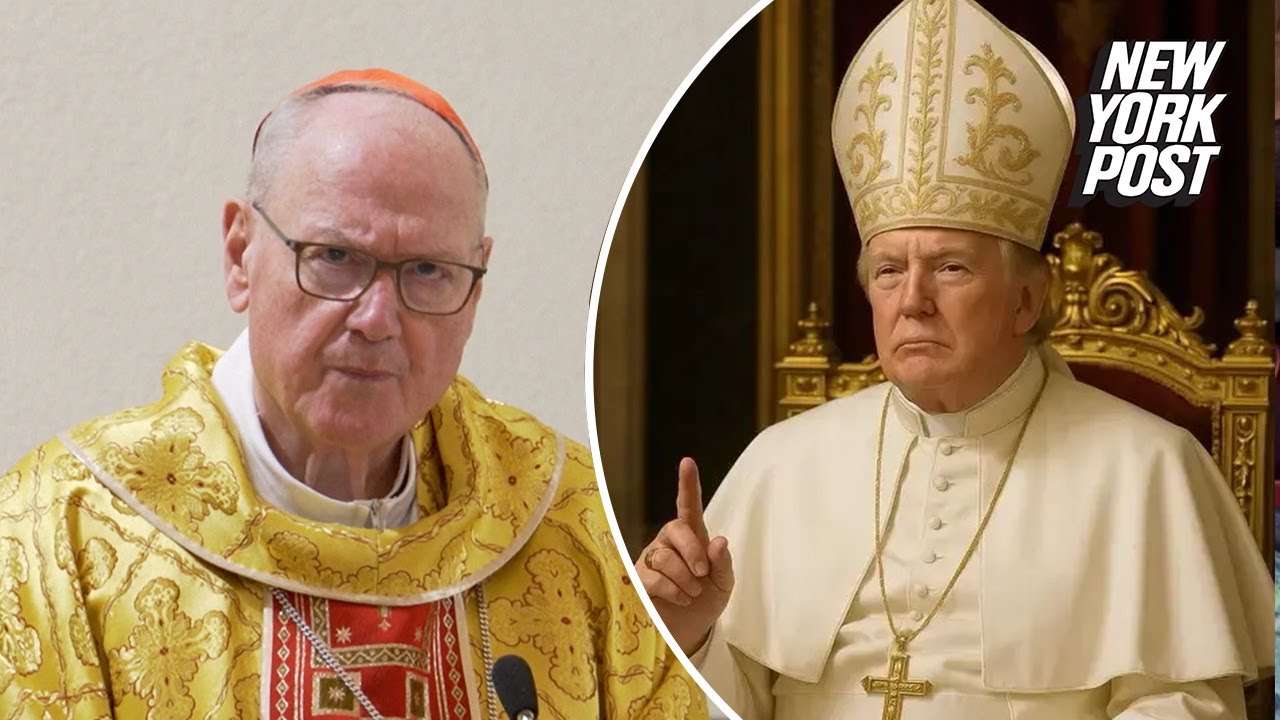Cardinal Dolan declines to comment on a question about whether the White House or President Trump should apologize for an AI-generated image of Pope Francis and Trump that some found offensive. The response suggests a cautious approach, emphasizing the importance of sensitivity and avoiding immediate apologies amid ongoing debates about free expression and respect for religious figures.
The video features a conversation where a speaker addresses a question about a controversial tweet involving an AI-generated image of Pope Francis and Donald Trump. The questioner asks whether the image, which depicts the Pope in a humorous or provocative manner, should be taken down and whether the White House or President Trump should issue an apology to American Catholics who found the image offensive. The tone suggests concern over the appropriateness and potential impact of such digital content on religious and national sentiments.
The speaker responds by indicating that they do not know who was responsible for posting the tweet, implying a lack of clarity about its origin. Despite this, they emphasize that regardless of who posted it, the image in question might warrant removal if deemed inappropriate or disrespectful. The response hints at the importance of accountability and sensitivity when sharing content that touches on religious figures and national leaders, especially in the digital age where images can spread rapidly.
The conversation then shifts to whether the President or the White House should apologize to the American Catholic community. The speaker’s reply is succinct, stating “not now,” which suggests a reluctance or decision to avoid issuing an immediate apology. This indicates a possible stance that the matter may not warrant a formal apology at this time, or that the situation requires further consideration before making any public statements.
Throughout the exchange, there is an underlying tension about the boundaries of free expression, respect for religious figures, and the responsibilities of public officials and social media users. The question about an apology underscores the broader debate about accountability in digital content and the potential for offense in political and religious contexts.
The video concludes with a brief musical interlude, signaling the end of the segment. Overall, it captures a moment of public discourse on the intersection of religion, politics, and digital media, highlighting the sensitivities involved and the cautious approach taken by the speaker regarding accountability and responses to controversial content.
